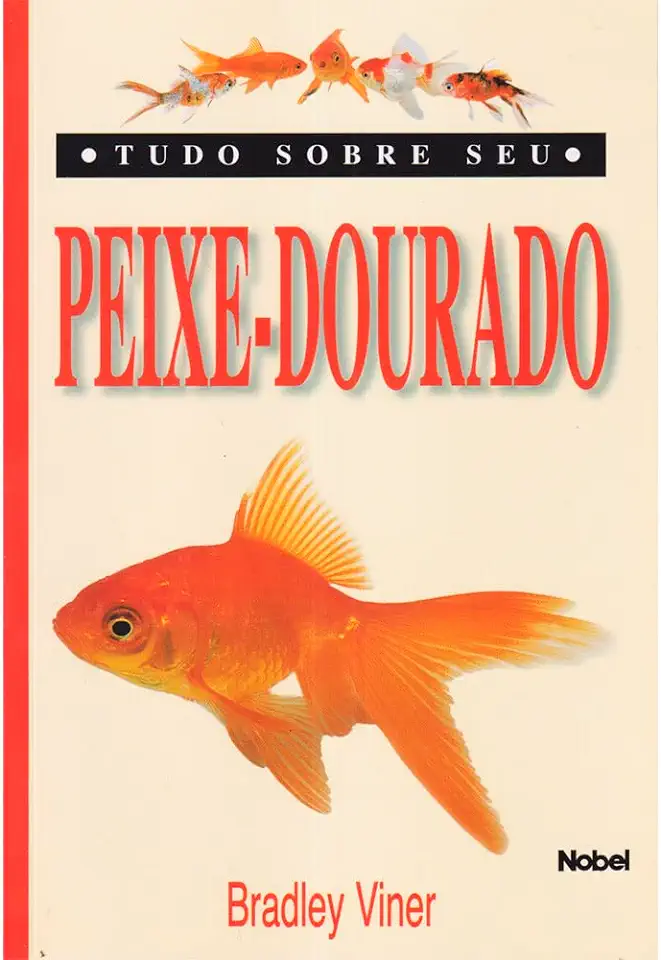
All About Your Goldfish - Bradley Viner
All About Your Goldfish: A Comprehensive Guide to Keeping and Caring for Goldfish
Introduction
Goldfish are one of the most popular freshwater aquarium fish in the world, and for good reason. They are beautiful, hardy, and relatively easy to care for. However, there is more to keeping goldfish than simply putting them in a bowl of water and feeding them flakes. In order to keep your goldfish healthy and happy, you need to provide them with the proper environment and care.
Choosing the Right Goldfish
There are many different types of goldfish available, each with its own unique characteristics. Some of the most popular types of goldfish include:
- Common goldfish: These are the most common type of goldfish, and they are typically orange or red in color. Common goldfish are hardy and easy to care for, making them a good choice for beginners.
- Fancy goldfish: Fancy goldfish are more delicate than common goldfish, but they are also more beautiful. Fancy goldfish come in a variety of colors, shapes, and sizes.
- Pond goldfish: Pond goldfish are larger than common and fancy goldfish, and they are typically kept in outdoor ponds. Pond goldfish are hardy and easy to care for, making them a good choice for those who want to keep goldfish in a natural setting.
When choosing a goldfish, it is important to consider the size of your aquarium and the other fish that you will be keeping with it. Goldfish can grow to be quite large, so it is important to make sure that you have enough space for them. Goldfish are also social fish, so it is best to keep them in groups of at least three.
Setting Up the Aquarium
The aquarium is the most important part of your goldfish's environment. It is important to choose an aquarium that is the right size for your goldfish and that is equipped with the proper filtration and aeration systems.
The ideal aquarium for goldfish is at least 20 gallons in size. This will provide your goldfish with enough space to swim and play. The aquarium should also have a filter that is rated for at least twice the volume of the aquarium. This will help to keep the water clean and free of harmful bacteria. An air pump is also important, as it will help to oxygenate the water and keep your goldfish healthy.
In addition to the filter and air pump, you will also need to add gravel, plants, and decorations to your aquarium. Gravel will help to provide a substrate for your goldfish to swim on, and plants will help to oxygenate the water and provide hiding places for your fish. Decorations can help to make your aquarium more attractive, but be sure to choose decorations that are safe for goldfish.
Water Quality
Water quality is essential for the health of your goldfish. Goldfish are sensitive to changes in water quality, so it is important to test the water regularly and make adjustments as needed.
The ideal water temperature for goldfish is between 65 and 75 degrees Fahrenheit. The pH level should be between 6.5 and 8.0, and the hardness should be between 5 and 15 dGH.
You should test the water for ammonia, nitrite, and nitrate levels regularly. Ammonia and nitrite are toxic to goldfish, and nitrate levels should be kept below 20 ppm. If the levels of any of these chemicals are too high, you will need to take steps to correct the water quality.
Feeding Your Goldfish
Goldfish are omnivores, and they will eat a variety of foods. However, it is important to feed your goldfish a diet that is specifically designed for their needs.
Goldfish food should be high in protein and low in fat. You should also feed your goldfish a variety of foods, including flakes, pellets, and live food. Live food, such as brine shrimp and bloodworms, is a good source of protein and vitamins for goldfish.
It is important to feed your goldfish only as much food as they can eat in a few minutes. Overfeeding can lead to health problems, such as obesity and swim bladder disease.
Common Goldfish Diseases
Goldfish are susceptible to a variety of diseases, some of which can be fatal. Some of the most common goldfish diseases include:
- Ich: Ich is a parasitic disease that causes white spots on the body of the fish. Ich is highly contagious, and it can quickly spread to other fish in the aquarium.
- Fin rot: Fin rot is a bacterial infection that causes the fins of the fish to rot. Fin rot can be caused by a variety of factors, including poor water quality, stress, and injury.
- Swim bladder disease: Swim bladder disease is a condition that affects the swim bladder of the fish. Swim bladder disease can be caused by a variety of factors, including constipation, overfeeding, and stress.
If you think that your goldfish may be sick, it is important to take them to a veterinarian as soon as possible. Early diagnosis and treatment can help to improve the chances of your goldfish's survival.
Conclusion
Goldfish are beautiful, hardy, and relatively easy to care for. However, it is important to provide them with the proper environment and care in order to keep them healthy and happy. By following the tips in this guide, you can help your goldfish live a long and healthy life.
Enjoyed the summary? Discover all the details and take your reading to the next level — [click here to view the book on Amazon!]